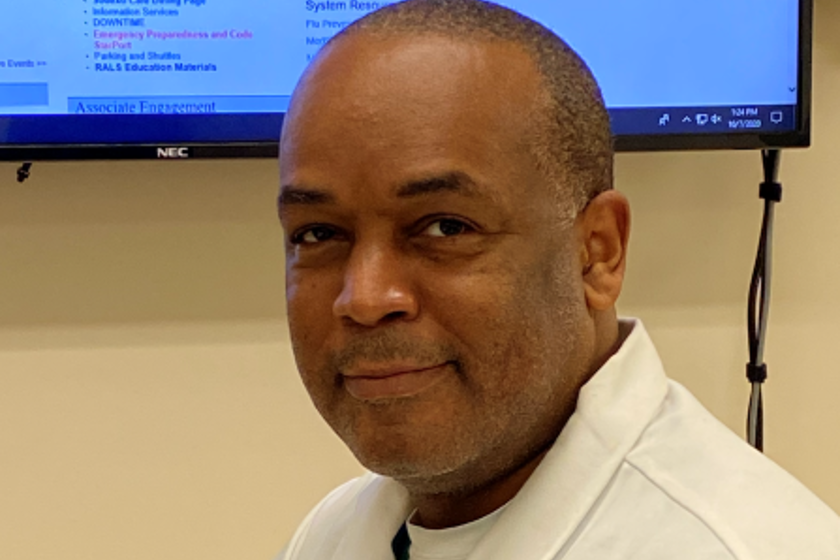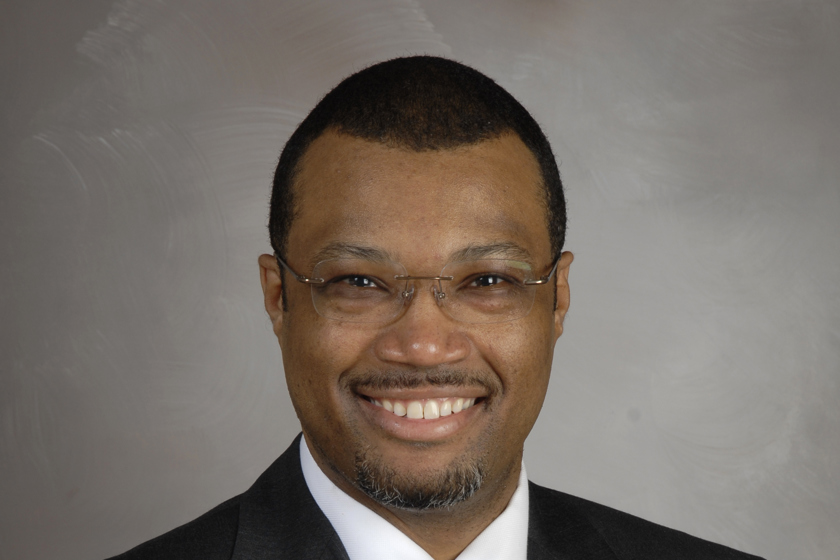Section
Underrepresented Minorities in IR (URM)
URM is an association of people interested in the advancement of the medical field of IR for underrepresented minority communities.

Supporting the advancement of IR for underrepresented minority communities
This section is open to interventional radiologists who have a special interest in contributing toward the objectives of the section, including:
- Increasing the presence of underrepresented minorities in the field of interventional radiology at all career levels.
- Improving the awareness of IR medical care to minorities and the community at large.
- Promoting diversity of thought on SIR committees.
- Working to eradicate healthcare disparities, particularly those affecting minorities.
- Preparing and distributing educational and informative content for section members.
Want to learn about the current direction of URM? The URM section operates on an action plan, which can be viewed in the URM community library on SIR Connect.
At this time, additional action items will not be added, but members will be contacted for input when the section prepares for the next action plan.

Catch up on meetings
Virtual membership meetings are held every other month. The purpose of the meetings is to hear from URM workgroups and representatives, learn about relevant SIR updates, and network with section members.
Visit the URM community on SIR Connect to learn about:
- Dates for future meetings
- Resources from previous meetings
Members are encouraged to read the meeting notes for the most recent updates.

Keith M. Horton, MD, FSIR
I applaud the efforts of SIR and SIR Foundation to help its members understand how racial and ethnic disparities in IR are gravely detrimental to the quality of care received by patients. My 30 plus years of experience as a Black interventional radiologist, the shared experiences of my BIPOC (Black, Indigenous and people of color) colleagues, extensive scholarly research, countless studies, and a pandemic that disproportionately affects minority communities, all emphasize that a diverse healthcare workforce—one that is representative of the patients it serves—is a matter of life and death.
Issues surrounding diversity and inclusion, particularly in medicine, are complex and emotionally charged. The advent of the GEMS Program provides a safe space for productive dialogue between current SIR leaders and future IR talent. Program discussions encourage cultural sensitivity and tend to inform not only the students but also the diverse faculty as well. Our focus on the inclusion of minorities in IR works to combat preconceived perceptions about underrepresented minorities, thereby leading to better communication amongst physicians and the patients we serve. Hopefully, our efforts will lead us to a day when patients and physician colleagues alike are not startled to see a Black interventional radiologist walk into the room; a day when Black women suffering from fibroids are given all of their options, no longer needing to rely on life-altering recommendations based on unconscious biases; and most importantly, a day when it is not uncommon for Black children to live next door to an interventional radiologist who looks just like them.


Derek West, MD, MS
As a practicing interventional radiologist since 2004, I remember my first SIR Annual Scientific Meeting. I was enamored with the activities and efforts to grow IR. The membership was amazing and inspiring. However, I found it deeply troubling that there weren't many people of color. Over subsequent years, I found the low numbers of URM IR physicians becoming more dramatic. Finally, in 2012, I became the co-chair of the Diversity and Inclusion Committee in SIR. I was able to address many of the diversity issues in SIR, but still felt a deep level of isolation from any other URMs in IR. Finally, I was able to join with other IRs to formally create the URMs in IR section. My hope is that this section will be a place to bond, mentor and grow the representation of URMs in IR. Further, this group will help guide SIR's ability to meet the needs of its URM membership more directly.

Connect with peers
Build your reputation and help others. Share interests, challenges and successes with your section peers as well as leading experts and faculty.